Organised by Grant Thornton, the webinar on jumpstarting the Indian automotive sector had experts deliberate on challenges and opportunities coming the industry’s way.
Story by: Deepti Thore
Grant Thornton recently organised a webinar on ‘Jumpstarting the Indian Automotive Sector’. With industry experts in attendance, the moderator set the tone by giving a backdrop of the slump in the sector recorded in 2019. According to the moderator Saket Mehra, Partner & Automotive sector leader, Grant Thornton India, the pandemic, set aside any growth prospects that the industry was looking forward to in 2020, in turn, said to have dashed all hopes of a recovery. “Nothing is more expensive than a missed opportunity hence the auto industry needs to remain optimistic and look forward to opportunities across all the domains within the industry,” he averred. To help the industry emerge stronger out of the crisis and get back on its feet, the distinguished panel on the webinar spoke of priority focus areas if the industry were to overcome converging pressures. From demand slowdown, unutilised capacity and regulatory challenges. Key highlights of the session centred on establishing a good base, setting digitisation in motion, looking at automation and upskilling. Used car market segment, aftermarket and scrappage policy also found a mention. The session also deliberated upon means to deliver money, manage risks and ways to strengthen communication across all verticals.
Growth projections
 Looking at the trend over the last 10-12 years, the session drew attention to the Indian automotive industry moving in tandem with the GDP growth, barring an exception of a few years in between. Contributing an estimated seven per cent to the Indian GDP, if the industry, for example, recorded production of 26.3 million vehicles in FY20. The volumes projected it was feared, could roll back the industry prospects back to the 2013-14 levels. A factor of how soon India riggles out of the degrowth phase. As per a statistical study cited in the session, passenger vehicles sales nosedived by 51.72 per cent in March 2020. Commercial vehicle sales dipped by 88.05 per cent in the same period. In comparison, exports recorded degrowth of 24.51 per cent. Drawing attention to the Indian economy’s expected growth rate at 1.9 per cent in 2020 as per the recent IMF ‘World Economic Outlook’, the session compared it to the global contraction of three per cent. It was unanimously agreed upon that India’s automotive sector could take until Q3FY2021 to recover. Citing an over 12 per cent growth in value of India’s GDP in line with the automotive mission plan 2016-26 the panellists cautioned the estimates of being far-fetched.
Looking at the trend over the last 10-12 years, the session drew attention to the Indian automotive industry moving in tandem with the GDP growth, barring an exception of a few years in between. Contributing an estimated seven per cent to the Indian GDP, if the industry, for example, recorded production of 26.3 million vehicles in FY20. The volumes projected it was feared, could roll back the industry prospects back to the 2013-14 levels. A factor of how soon India riggles out of the degrowth phase. As per a statistical study cited in the session, passenger vehicles sales nosedived by 51.72 per cent in March 2020. Commercial vehicle sales dipped by 88.05 per cent in the same period. In comparison, exports recorded degrowth of 24.51 per cent. Drawing attention to the Indian economy’s expected growth rate at 1.9 per cent in 2020 as per the recent IMF ‘World Economic Outlook’, the session compared it to the global contraction of three per cent. It was unanimously agreed upon that India’s automotive sector could take until Q3FY2021 to recover. Citing an over 12 per cent growth in value of India’s GDP in line with the automotive mission plan 2016-26 the panellists cautioned the estimates of being far-fetched.
 If GDP growth falls marginally to four per cent, the automotive sector could witness degrowth of (-) 13 per cent. “To overcome these challenges, the companies need to focus on managing shop floors, managing excellence practices, ensure effective risk management for business continuity, redesign the supply chain and vendor risk assessment,” stated Siddhartha Nigam, National Managing Partner – Growth Advisory, Grant Thornton India. “They need to balance liquidity and cost of capital and of course tap into new markets,” he added. Projecting a second scenario, for instance, if the GDP settles at one per cent, the sector could witness degrowth of (-) 20 per cent in sales, he opined. Drawing attention to the sector, by the end of the year, facing two consecutive years of double-digit decline in sales, Nigam was quick to point it as a phenomenon not witnessed in the last two decades. Talking of the silver lining, the panel of experts were of the firm belief that with China’s monopoly being challenged globally, India stood a strong chance to get back in the reckoning. “OEMs and auto component manufacturers should embrace the opportunity to double its exports in the next five years,” quipped Nigam.
If GDP growth falls marginally to four per cent, the automotive sector could witness degrowth of (-) 13 per cent. “To overcome these challenges, the companies need to focus on managing shop floors, managing excellence practices, ensure effective risk management for business continuity, redesign the supply chain and vendor risk assessment,” stated Siddhartha Nigam, National Managing Partner – Growth Advisory, Grant Thornton India. “They need to balance liquidity and cost of capital and of course tap into new markets,” he added. Projecting a second scenario, for instance, if the GDP settles at one per cent, the sector could witness degrowth of (-) 20 per cent in sales, he opined. Drawing attention to the sector, by the end of the year, facing two consecutive years of double-digit decline in sales, Nigam was quick to point it as a phenomenon not witnessed in the last two decades. Talking of the silver lining, the panel of experts were of the firm belief that with China’s monopoly being challenged globally, India stood a strong chance to get back in the reckoning. “OEMs and auto component manufacturers should embrace the opportunity to double its exports in the next five years,” quipped Nigam.
Tiding over supply chain bottlenecks
 The automotive industry sources 80 per cent of the auto components locally. Currently, almost 60 per cent of the auto suppliers are located in the red zone. It in effect implies, if the OEMs were looking at the resumption of operations they were staring at a huge supply chain risk impacting their operations as their suppliers, in turn, remained to be functional fully. Many, yet to start their operations. Even if production were to resume it would eventually be hampered. From a global supply chain perspective, India currently imports 15 per cent of its auto component requirements from different countries. 30 per cent from China, 30 per cent from European nations, and 40 per cent from the rest. Increasing the localisation efforts, it was agreed, could help reduce the reliance. India is not one of the top exporters when it comes to auto-components and it could be a time to turn around the standings among top export nations. Opined Mehra, “We majorly export to the US and Europe but not to other countries. This is a great opportunity for India to be looked at as a bankable export hub in the times to come.” Citing the need to manage the cost of operations with rising automation levels in manufacturing, Mehra spoke of the industry looking at adopting Industry 4.0, IoT, rtificial intelligence besides introducing other aspects of machine learning onto the shop floor. Julianne McGarry, Head, Controls and Compliance Tower, Tata Motors Group added, “There has to be enough economic gain in the proposition to warrant incurring design, ruling expenses all over again. Most of our customers are struggling for cash right now. There have been good enough reasons to prioritise spending on production parts. However, this does not stop the shift. It will delay it.”
The automotive industry sources 80 per cent of the auto components locally. Currently, almost 60 per cent of the auto suppliers are located in the red zone. It in effect implies, if the OEMs were looking at the resumption of operations they were staring at a huge supply chain risk impacting their operations as their suppliers, in turn, remained to be functional fully. Many, yet to start their operations. Even if production were to resume it would eventually be hampered. From a global supply chain perspective, India currently imports 15 per cent of its auto component requirements from different countries. 30 per cent from China, 30 per cent from European nations, and 40 per cent from the rest. Increasing the localisation efforts, it was agreed, could help reduce the reliance. India is not one of the top exporters when it comes to auto-components and it could be a time to turn around the standings among top export nations. Opined Mehra, “We majorly export to the US and Europe but not to other countries. This is a great opportunity for India to be looked at as a bankable export hub in the times to come.” Citing the need to manage the cost of operations with rising automation levels in manufacturing, Mehra spoke of the industry looking at adopting Industry 4.0, IoT, rtificial intelligence besides introducing other aspects of machine learning onto the shop floor. Julianne McGarry, Head, Controls and Compliance Tower, Tata Motors Group added, “There has to be enough economic gain in the proposition to warrant incurring design, ruling expenses all over again. Most of our customers are struggling for cash right now. There have been good enough reasons to prioritise spending on production parts. However, this does not stop the shift. It will delay it.”
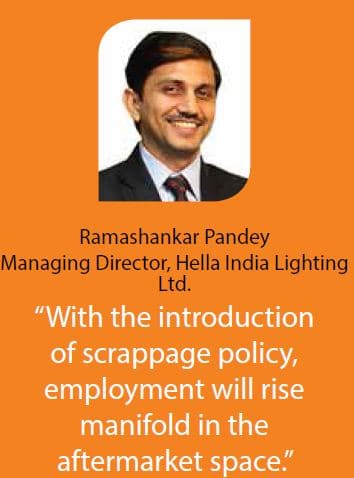 Averred Ramashankar Pandey, Managing Director, Hella India Lighting Ltd., “The interdependence on the suppliers, not only on tier-1 but also tier -2 and 3 and the OEM will be high going forward.” “The need of the hour is for fragmented industry associations like ACMA, SIAM, Electric Vehicle Association, tyre battery association among others to collaborate and together steer ahead in the right direction,” he said. He advocated the need to have a collective cluster of OEMs with suppliers getting access to the collective infrastructure to in turn accelerate the development of the entire ecosystem. Talking of skilled labour availability, he urged for the ecosystem to facilitate the migration compatibility of labour so that they were free to move from one supplier to the other. Estimating a high investment to build such an ecosystem, Pandey said there was a need to determine funding sources given that the cost of capital in the country was high.
Averred Ramashankar Pandey, Managing Director, Hella India Lighting Ltd., “The interdependence on the suppliers, not only on tier-1 but also tier -2 and 3 and the OEM will be high going forward.” “The need of the hour is for fragmented industry associations like ACMA, SIAM, Electric Vehicle Association, tyre battery association among others to collaborate and together steer ahead in the right direction,” he said. He advocated the need to have a collective cluster of OEMs with suppliers getting access to the collective infrastructure to in turn accelerate the development of the entire ecosystem. Talking of skilled labour availability, he urged for the ecosystem to facilitate the migration compatibility of labour so that they were free to move from one supplier to the other. Estimating a high investment to build such an ecosystem, Pandey said there was a need to determine funding sources given that the cost of capital in the country was high.
Capitalise missed opportunities
 India has never missed an opportunity to miss an opportunity, quipped Vivek Vikram Singh, Managing Director & Group, CEO, Sona Comstar. “The opportunity to become the factory of the world has always been there for India. Time after time we keep missing opportunities be it because of land or labour reform or other taxation norms and general bureaucratic inefficiencies,” he said. Singh added that the trend of shifting away from China started around 2015-16 because of economic reasons. “The labour cost in China increased and people started looking for alternatives. US-China trade wars began after Trump got elected which added more urgency to the shifting and this crisis has further accelerated the move away in favour of India,” he opined. Speaking of India’s export growth over the last five years, Singh opined the growth has been under par. Lauding the government initiatives over the past year including the move to lower the corporate taxes, the incentivising of building manufacturing units at 17 per cent, both lowest in the region and the developing world, he urged the government to also look at reforming policies like energy security or energy supply, labour reforms, infrastructure adequacy and increased cooperation in the industry in general. “There is no reason that the exports will not increase especially with four countries the US, Korea, Japan and France,” he beamed.
India has never missed an opportunity to miss an opportunity, quipped Vivek Vikram Singh, Managing Director & Group, CEO, Sona Comstar. “The opportunity to become the factory of the world has always been there for India. Time after time we keep missing opportunities be it because of land or labour reform or other taxation norms and general bureaucratic inefficiencies,” he said. Singh added that the trend of shifting away from China started around 2015-16 because of economic reasons. “The labour cost in China increased and people started looking for alternatives. US-China trade wars began after Trump got elected which added more urgency to the shifting and this crisis has further accelerated the move away in favour of India,” he opined. Speaking of India’s export growth over the last five years, Singh opined the growth has been under par. Lauding the government initiatives over the past year including the move to lower the corporate taxes, the incentivising of building manufacturing units at 17 per cent, both lowest in the region and the developing world, he urged the government to also look at reforming policies like energy security or energy supply, labour reforms, infrastructure adequacy and increased cooperation in the industry in general. “There is no reason that the exports will not increase especially with four countries the US, Korea, Japan and France,” he beamed.
 Expressing confidence in India getting back to 7.4 per cent GDP by 2021 from the projected 1.9 per cent for 2020, Dr Tim Klatte, Partner and Auto industry Expert, Grant Thornton China said, “There is light at the end of the tunnel and we will get through this phase.” Citing an estimated 150 auto factories in 26 countries believed to be in a shutdown state, Klatte urged Indian companies to seek solace in the data published by the China automobile association of manufacturers as of April 2020. As per the data published, the resumption rate of China’s automobile enterprises and parts enterprises have exceeded 90 per cent.
Expressing confidence in India getting back to 7.4 per cent GDP by 2021 from the projected 1.9 per cent for 2020, Dr Tim Klatte, Partner and Auto industry Expert, Grant Thornton China said, “There is light at the end of the tunnel and we will get through this phase.” Citing an estimated 150 auto factories in 26 countries believed to be in a shutdown state, Klatte urged Indian companies to seek solace in the data published by the China automobile association of manufacturers as of April 2020. As per the data published, the resumption rate of China’s automobile enterprises and parts enterprises have exceeded 90 per cent.
Merger and Acquisition

 Calling for the need for quality Mergers & Acquisitions (M&A), Singh cautioned against M&A initiatives for the sake of raking in more revenue. He urged the industry to look at four kinds of assets: Good assets with good financing will remain to exist for a long time; Bad assets with good financing will struggle to survive; Bad assets with bad financing would have already suffered and closed; Good assets with bad financing will just see a change of ownership and they will survive. “If there is a good asset, it produces the power and assembly that is required by the industry and they will find a new home. There will be no consolidation by elimination,” he opined. On the prospect of OEMs taking over some of the suppliers, he added that the Japanese and Koreans might see it happening as it is how they have traditionally done business and could lead to them taking up more ownership.
Calling for the need for quality Mergers & Acquisitions (M&A), Singh cautioned against M&A initiatives for the sake of raking in more revenue. He urged the industry to look at four kinds of assets: Good assets with good financing will remain to exist for a long time; Bad assets with good financing will struggle to survive; Bad assets with bad financing would have already suffered and closed; Good assets with bad financing will just see a change of ownership and they will survive. “If there is a good asset, it produces the power and assembly that is required by the industry and they will find a new home. There will be no consolidation by elimination,” he opined. On the prospect of OEMs taking over some of the suppliers, he added that the Japanese and Koreans might see it happening as it is how they have traditionally done business and could lead to them taking up more ownership.
Cash is King
 With the Covid-19 crisis, the auto sector has gone back to the old mantra: Cash is King. Companies will have to find ways to work around Covid-19 and move forward. While the sector is confronted by liquidity issues, it is not just limited to the OEMs or the suppliers it was unanimously agreed. The impact according to the panel had extended to tier-1 and tier-2, dealers, aftermarket space and the end consumers. Highly leveraged companies were concluded to be at a disadvantage compared to the more financially stable ones. Citing the extension of impact to global companies operating in India, it was pointed out that limited financial support from their parent companies posed a risk for the latter. “Ensuring solvency and scenario planning is important in the current situation,” mentioned N.K Taneja, Financial Consultant and Auto industry expert, while providing his view on the financial and liquidity perspective. Companies need to plan their cash flow as per V, U or L curve, he opined. “It is crucial to roll out daily, weekly or monthly plans and have a commander in chief to carry the plans forward. Risk chart or risk mitigation chart should also be prepared,” he suggested. “Cash outflow will now be called as cash burning. Multi-layer decision making should happen even before a single penny is burnt. All cash operations should be centralised and the commander in chief should give the final approval for any financial transaction,” he added. Calling for the need to align the KPIs and KRAs of the team with liquidity, cash inflow and deductions or deferment of cash outflow, he urged the industry to relook at liquidity associations with fixed and variable costs to entirely redefine the cost structure, keeping a zero-based structure or zero base formulation model.
With the Covid-19 crisis, the auto sector has gone back to the old mantra: Cash is King. Companies will have to find ways to work around Covid-19 and move forward. While the sector is confronted by liquidity issues, it is not just limited to the OEMs or the suppliers it was unanimously agreed. The impact according to the panel had extended to tier-1 and tier-2, dealers, aftermarket space and the end consumers. Highly leveraged companies were concluded to be at a disadvantage compared to the more financially stable ones. Citing the extension of impact to global companies operating in India, it was pointed out that limited financial support from their parent companies posed a risk for the latter. “Ensuring solvency and scenario planning is important in the current situation,” mentioned N.K Taneja, Financial Consultant and Auto industry expert, while providing his view on the financial and liquidity perspective. Companies need to plan their cash flow as per V, U or L curve, he opined. “It is crucial to roll out daily, weekly or monthly plans and have a commander in chief to carry the plans forward. Risk chart or risk mitigation chart should also be prepared,” he suggested. “Cash outflow will now be called as cash burning. Multi-layer decision making should happen even before a single penny is burnt. All cash operations should be centralised and the commander in chief should give the final approval for any financial transaction,” he added. Calling for the need to align the KPIs and KRAs of the team with liquidity, cash inflow and deductions or deferment of cash outflow, he urged the industry to relook at liquidity associations with fixed and variable costs to entirely redefine the cost structure, keeping a zero-based structure or zero base formulation model.
Shifting customer preferences

 Talking about customer behaviour expected to change post-Covid-19, Siddharth Vinayak Patankar, Editor-In-Chief, Car and Bike opined, “As seen in China, smaller segment vehicles will gain popularity especially in passenger vehicle space. We will see a shift back to two-wheelers, especially scooters. Added Patankar that there is a need for the automotive sector to incentivise recycling plans and therefore the need for a scrappage policy for vehicles. “If it gets the green light it will be a good move. The need of the hour is for something radical to happen,” he signed off. ACI
Talking about customer behaviour expected to change post-Covid-19, Siddharth Vinayak Patankar, Editor-In-Chief, Car and Bike opined, “As seen in China, smaller segment vehicles will gain popularity especially in passenger vehicle space. We will see a shift back to two-wheelers, especially scooters. Added Patankar that there is a need for the automotive sector to incentivise recycling plans and therefore the need for a scrappage policy for vehicles. “If it gets the green light it will be a good move. The need of the hour is for something radical to happen,” he signed off. ACI


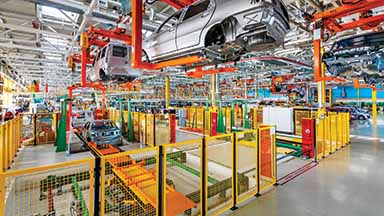



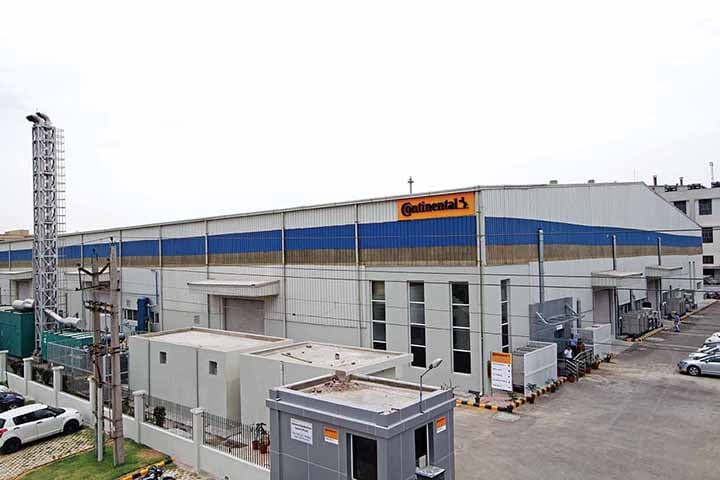





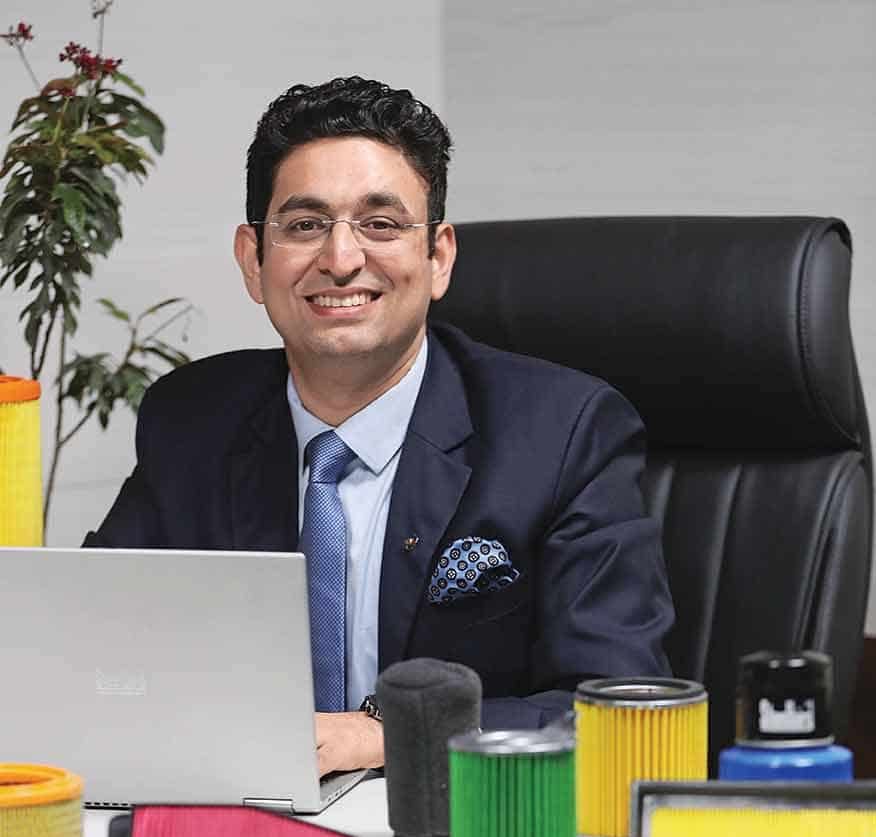

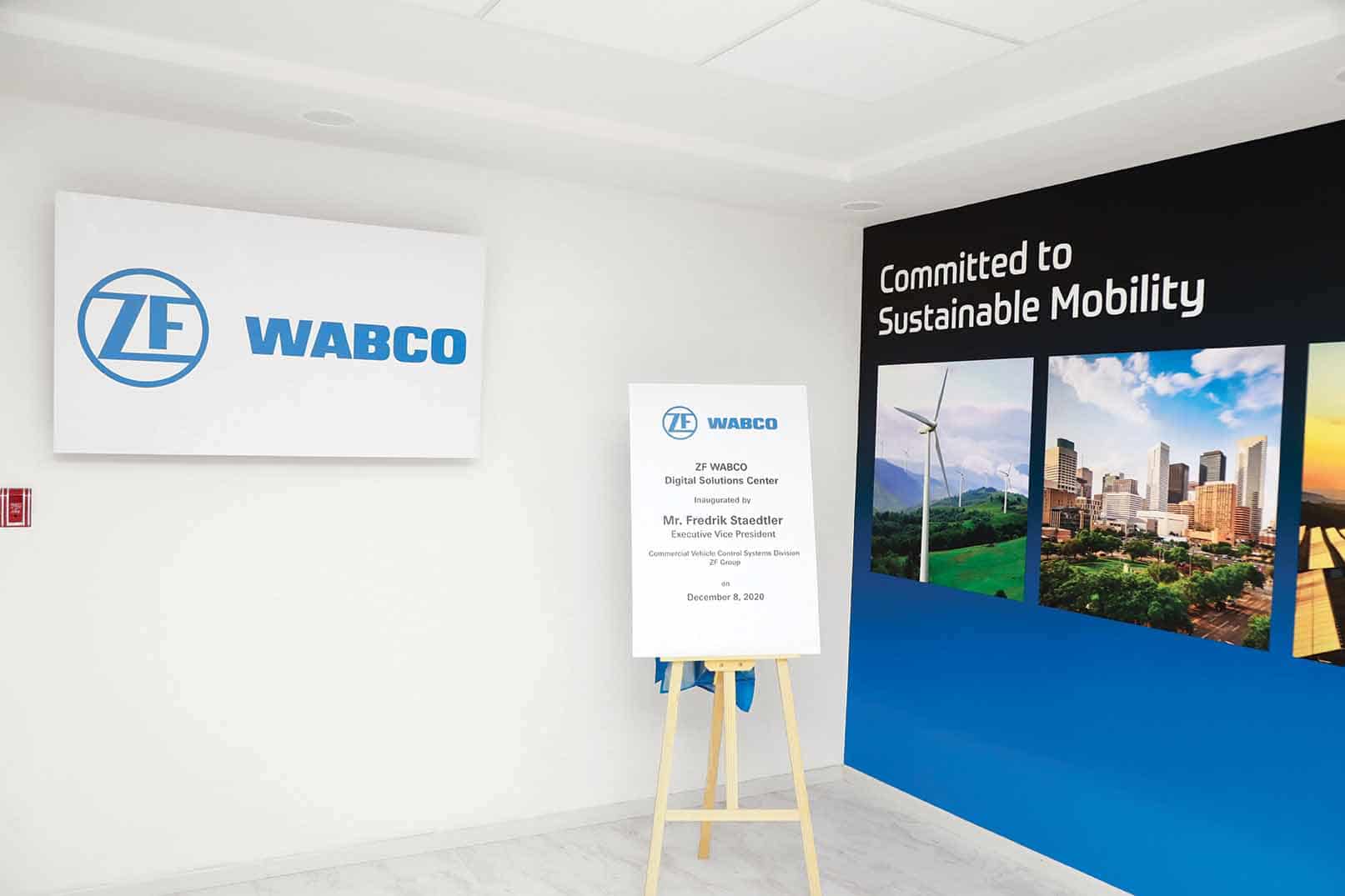

Leave a Reply